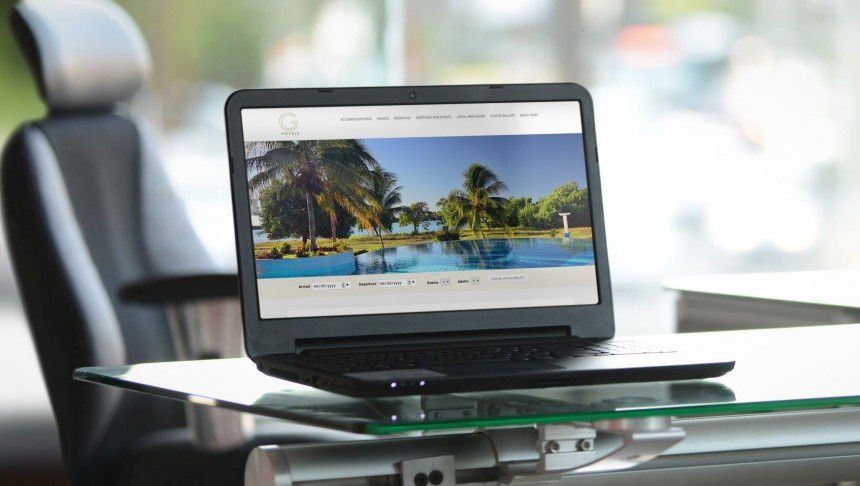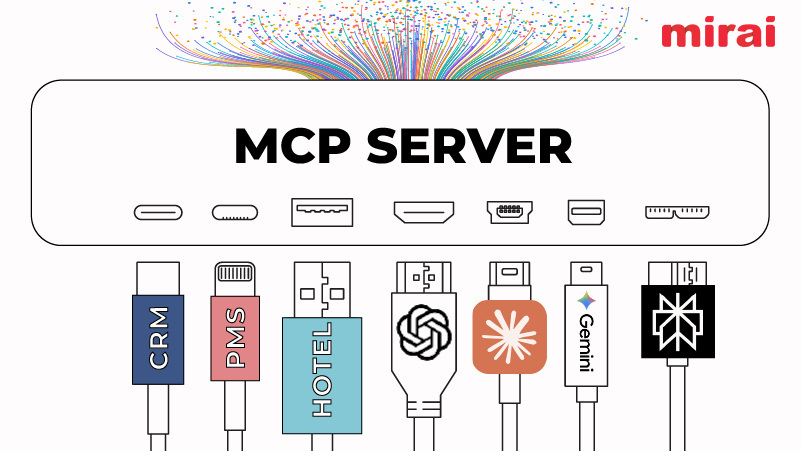
Hotel websites and OTA listings are like online dating profiles – if they’re outdated, misleading, or just plain wrong, guests will swipe left faster than you can say “best available rate.”
NB: This is an article from TCRM
Subscribe to our weekly newsletter and stay up to date
A website audit isn’t just a maintenance chore; it’s a strategic necessity that directly impacts revenue. If you haven’t scrutinized your hotel’s digital storefront recently, buckle up – this guide will help you uncover hidden leaks, maximize marketing potential, and ensure your booking engine is working for you, not against you.
Accuracy Matters More Than You Think
Picture this: A guest books a “deluxe room with a balcony overlooking the ocean.” They arrive, only to discover that the “ocean view” requires leaning over the balcony while standing on one foot and squinting. Congratulations, you’ve just earned yourself a bad review.
Misleading room descriptions, incorrect policies, missing or outdated amenities, and even hard-to-book websites create frustration, erode trust, and, worst of all, drive cancellations or reduced conversions. Auditing websites regularly and refining your direct booking strategy can help avoid these situations. Regular audits should include:
- Room types and descriptions – Are they accurate, detailed, and compelling? Be descriptive, but don’t overdo it – too much fluff can lose a guest’s attention.
- Amenities – If you recently added new HDTVs or upgraded the Wi-Fi, ensure it’s reflected online.
- Policies – Cancellation terms, deposit requirements, and pet policies should always be current.
- Fees and Taxes – If a surprise $25 “resort fee” lurks at checkout, guests won’t be pleased. Be transparent and show all fees upfront.
- Rate plans – Just like room descriptions, rate plans should clearly state what they include and any restrictions (e.g., non-refundable, breakfast included).
- “Book Now” button visibility – Ensure the booking button is easy to find and present on every website page. Don’t make it difficult to book a reservation.
- All links work correctly – Check that every link takes guests to the correct page without errors.
- Promotions and Offers – Check for expired promotions and remove any that are no longer available to prevent guest confusion and missed expectations —besides, nothing says “no one’s paying attention” like an outdated deal.
Booking Engine Optimization: Get Your Visuals Right First
A picture is worth a thousand bookings – or turn-aways, if it’s bad. If your hotel still showcases photos from its 2015 grand opening, it’s time for an upgrade. Ensure:
- High-quality, professional images – No blurry, dimly lit cell phone shots.
- Visual Consistency for Every Room – Ensure every room type has at least two high-quality images on your website and booking engine to provide a better hotel booking experience. If there is a difference between room types, ensure the images clearly highlight those distinctions.
- Consistency across channels– Mismatched images across your website and various OTA channels can create distrust. However, your direct channels should always have more imagery than OTAs. Give your guests a reason to book directly.




